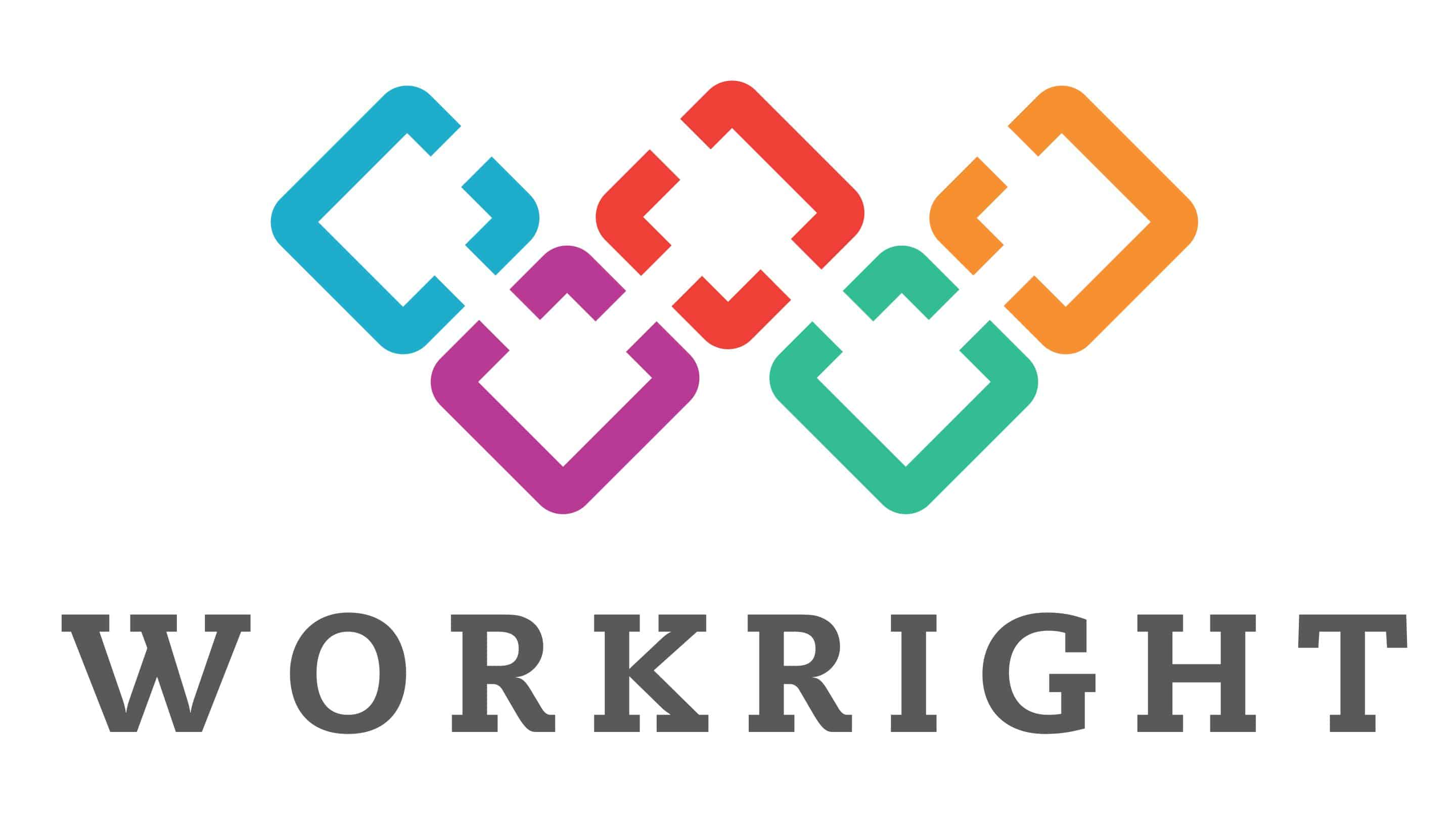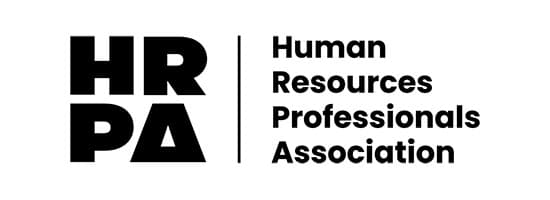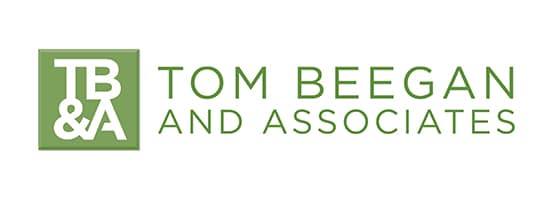Welcome to an insightful discussion on the profound impact of your workplace culture on employee mental health. In this excerpt from Workright’s Certification Program in the Management of Workplace Mental Health and Psychological Safety, we will explore how the dynamics of your work environment can significantly influence the well-being of your team members.
Employee mental health is a universal concern affecting all work arrangements– remote, full-time, office-based, or hybrid. In this series, we’ll delve into three key factors that play pivotal roles in addressing these challenges:
- Work Environment and Culture
- Employee Resilience
- Education and Resources
This week, our focus is on Work Environment and Culture, a crucial influencer shaping your organization’s mental health landscape. Let’s embark on this journey to understand better how your workplace culture impacts the well-being of your workforce.
Did you know an organization’s work culture and environment can contribute to or mitigate employee mental health issues?
Here are two examples.
#1: Toxic Work Culture
Chris works on a small team in a start-up company. Chris is highly qualified, a hard worker and strives to do a great job. However, the start-up is disorganized, lacks job descriptions and work boundaries, and is led by the founder and CEO, who is narcissistic, dictatorial and unavailable. The chaos and disrespect modeled by the CEO are seeping down through the leadership and creating a toxic work environment. This is causing confusion, irritation, disempowerment and overwhelmed feelings among team members. Chris has started suffering from increased anxiety and stress that now stays with him during his personal time, negatively impacting his health, mental health, and relationships.
#2: Healthy Work Culture
Chris works in a start-up company where the CEO is respectful, available and principled, and models and holds all employees accountable to demonstrating respect, identifying clear job descriptions and boundaries, listening to employees’ ideas and concerns, and acting on these appropriately. Chris is excited to go to work, feels empowered, enjoys respectful interactions with his leader and colleagues and, on his time off, focuses on his relationships, health and personal interests without anxiety or lingering fears generated by his workplace.
In workplaces that foster a culture of respect, where employees’ contributions are valued and supported, and where bullying and harassment are not tolerated, research shows that mental health issues triggered by the workplace are minimal.
The Oxford Dictionary defines “toxic” as poisonous, dangerous, destructive, harmful, unsafe, insidious, pervasive, malignant and dangerous. Wow. Take a moment to reflect on these words. When experienced as descriptive of work culture, it is no wonder thousands of employees are taking disability, stress and sick leave if they are trying to function and perform within this toxicity.
“Developing and implementing a healthy work environment falls squarely on the shoulders of leadership”
Work Culture is defined as the “circumstances and conditions in which employees function.” Workright has defined 5 factors to ensure a mentally healthy and psychologically safe work culture.
Setting: Today, work is carried out remotely, face to face, in offices, in homes and in the field. Performance in all these settings can be enhanced or diminished by noise, lighting, privacy, ergonomics, disruptions, technology (i.e., Zoom Fatigue), etc. Take the example of a woman who works in a windowless cement-walled office, painted grey, with fluorescent lighting and no personal items or plants allowed. Every day, she feels sick and depressed at the thought of just walking into her office. It feels like a prison cell; all she can think about is getting out.
Culture: Many components influence work culture, such as corporate structure and values, leadership, inclusivity and diversity, attitude, social interest, engagement, accountability and psychological safety
Management style: This aspect varies across leaders. It is important to note that difficult leaders and vulnerable employees can trigger mental health issues. For example, you may have a competent but insecure employee reporting to an aggressive, overbearing manager. Eventually, employees develop symptoms of stress and end up taking time off or going on disability.
Workplace practices: Factors include employee workload, remote vs. in-person vs. hybrid workplace, job descriptions, transparent and reasonable expectations, timelines, priorities, employee recognition, clear and helpful performance feedback, opportunities for professional development and value contributions.
Employee supports: These can include benefits programs, wellness initiatives, coverage for psychological services, health incentives, training and education.









